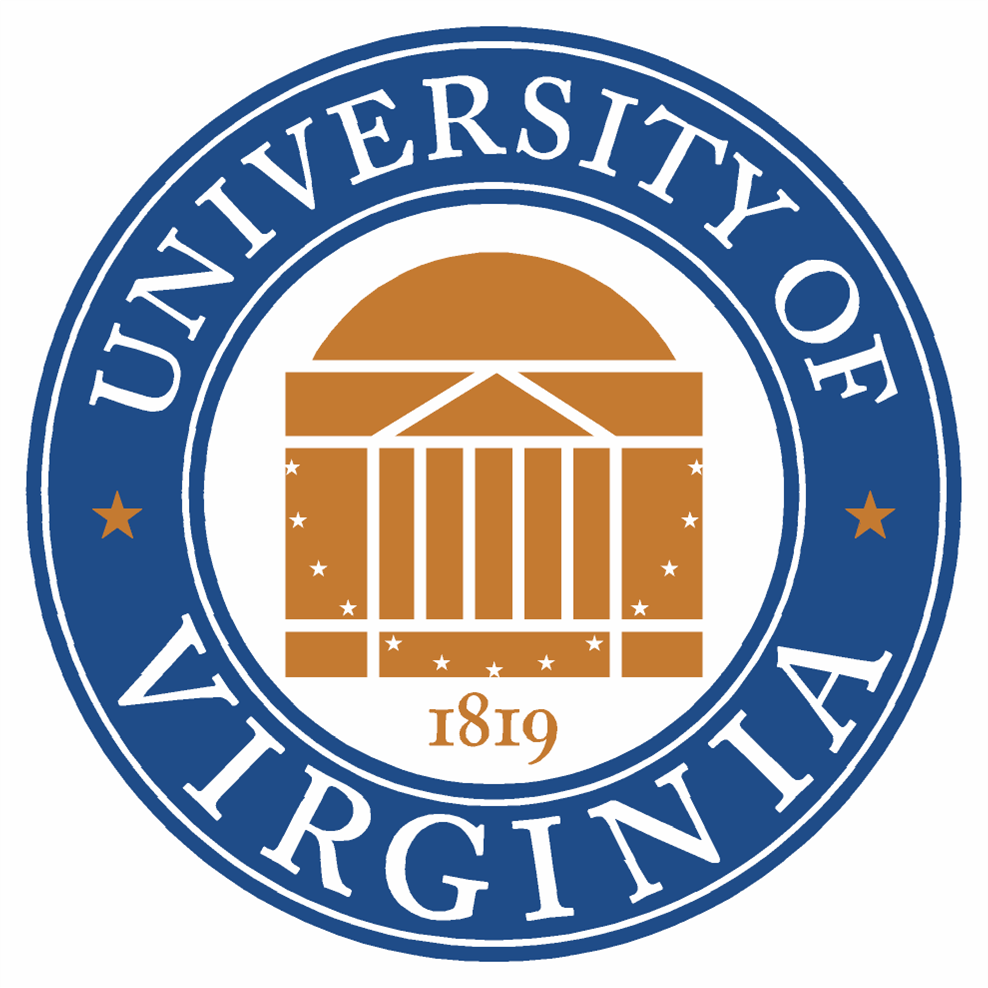Conversations on the Public Realm in the D.C. Region
Jan. 28, Feb. 11, March 4, March 18 and April 1 from 7-9:30 PM
1021 Prince Street, Alexandria
The School of Public and International Affairs (SPIA) and the Washington Alexandria Architecture Center (WAAC) are excited to announce our first interdisciplinary seminar series. Over the course of the spring term, we will host five sessions exploring intriguing and challenging aspects of the public realm in the National Capital Region.
Speakers will include Virginia Tech faculty from planning, public policy, landscape architecture and architecture along with noted practitioner experts. Each session will include a presentation, a discussion period and a small reception.
The seminars are free and open to the public, but for space planning purposes we would appreciate it if you would notify us of your attendance by sending an email to udseminar@vt.edu.
Jan. 28: African American Heritage: How is it Represented in the Public Realm and How Does it Affect Planning and Development in the D.C. Region?
Panelists include:
Audrey Davis, Acting Director, Alexandria Black History Museum
Nikki Graves Henderson, Director, Tinner Hill Heritage Foundation
Jane Freundel Levey, Director of Heritage and Community Programs, Cultural Tourism DC
Moderator:
Elizabeth Morton (Urban Affairs and Planning faculty)
Rapporteurs:
Derek Hyra (Urban Affairs and Planning faculty)
Matt Dull (Center for Public Administration and Policy faculty)
Feb. 11: Design Review: Opportunities and Complexities in Regulating the Public Realm
Panelists include:
Roger Lewis, architect and critic for the Washington Post
Elizabeth Miller, Director Physical Planning Division at National Capital Planning Commission (NCPC)
Lee Quill, Founding Principal at Cunningham Quill Architects
Matt Steenhoek, PN Hoffman
Moderators:
Elizabeth Morton (Urban Affairs and Planning faculty)
Susan Piedmont-Palladino (Architecture faculty)
March 4: The Cultivation of the Potomac River Landscape
Paul Kelsch (Landscape Architecture faculty)
March 18: 4 Blocks: Lessons in an Urban Campus
Susan Piedmont-Palladino (Architecture faculty)
April 1: Arboreta Washingtonensis: Collecting Trees in the Public Realm
Nathan Heavers (Landscape Architecture faculty)
Ray Mims, U.S. Botanical Garden and head of the Sustainable Sites Initiative (invited)
The seminar series is jointly sponsored by the School of Public and International Affairs, the Urban Affairs and Planning program, the Washington Alexandria Architecture Center, and the new Urban Design Concentration, with the support of the Dean of the College of Architecture and Urban Studies and the Washington, DC Initiative (DCI).









